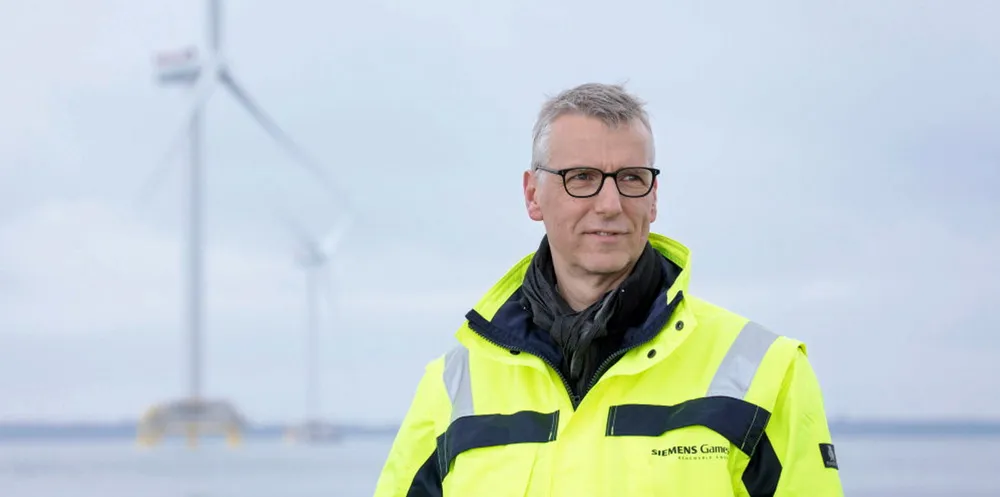Offshore to lead wind to potential 620GW green hydrogen bonanza: Siemens Gamesa chief
North Sea best placed to start large-scale deployments says Nauen, as parent group sees renewable H2 competitive by 2025 at best projects

North Sea best placed to start large-scale deployments says Nauen, as parent group sees renewable H2 competitive by 2025 at best projects
